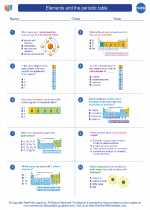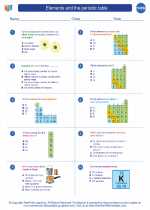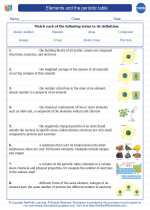Barometer
A barometer is a scientific instrument used to measure atmospheric pressure. It is an essential tool in meteorology and plays a crucial role in weather forecasting. There are two main types of barometers: mercury barometers and aneroid barometers.
Mercury Barometer
A mercury barometer consists of a long glass tube filled with mercury, inverted into a dish containing mercury. The height of the mercury column in the tube is a measure of the atmospheric pressure. As the atmospheric pressure changes, the height of the mercury column also changes. The standard atmospheric pressure at sea level can support a column of mercury that is 760 millimeters high, and this is known as one atmosphere (1 atm) of pressure.
Aneroid Barometer
An aneroid barometer uses a small, flexible metal box called an aneroid cell. This cell is made from an alloy of beryllium and copper. As the atmospheric pressure changes, the cell expands or contracts, and this motion is translated into a pointer reading on a dial, indicating the current atmospheric pressure.
How Barometers Work
The principle behind a barometer is that atmospheric pressure exerts a force on the surface of the mercury or the aneroid cell, causing a displacement that can be measured and used to determine the pressure. High atmospheric pressure typically indicates fair weather, while low pressure often signifies the approach of a storm or unsettled weather.
Applications
Barometers are used in weather stations, aviation, and marine navigation to provide accurate and timely information about changes in atmospheric pressure. They are also essential for monitoring and predicting weather patterns and for determining altitude based on changes in pressure as elevation increases.
Study Guide
- Describe the principle of operation of a mercury barometer.
- Explain how an aneroid barometer measures atmospheric pressure.
- Discuss the significance of changes in atmospheric pressure in weather forecasting.
- Identify and explain the various applications of barometers in different fields.
- Compare and contrast the advantages and disadvantages of mercury and aneroid barometers.
◂Chemistry Worksheets and Study Guides High School. Elements and the periodic table

 Worksheet/Answer key
Worksheet/Answer key
 Worksheet/Answer key
Worksheet/Answer key
 Vocabulary/Answer key
Vocabulary/Answer key
 Vocabulary/Answer key
Vocabulary/Answer key
 Vocabulary/Answer key
Vocabulary/Answer key
